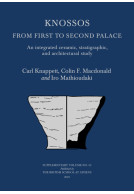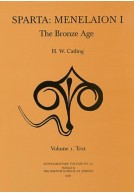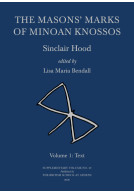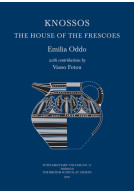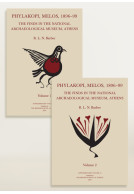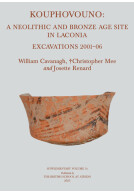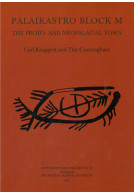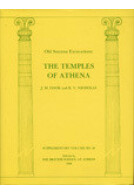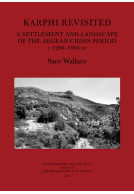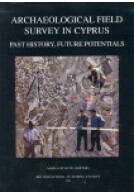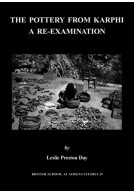Knossos: From First to Second Palace (Hardback)
An Integrated Ceramic, Stratigraphic, and Architectural Study
By
Carl Knappett, Colin F Macdonald, Iro Mathioudaki
Imprint: British School at Athens
Series: BSA Supplementary Volume
Pages: 238
Illustrations: 51 line-drawings; 8 tables; 23 half-tone plates; 2 colour plates; 1 pocket-plan
ISBN: 9780904887747
Published: 31st January 2023
Script Academic
Imprint: British School at Athens
Series: BSA Supplementary Volume
Pages: 238
Illustrations: 51 line-drawings; 8 tables; 23 half-tone plates; 2 colour plates; 1 pocket-plan
ISBN: 9780904887747
Published: 31st January 2023
Script Academic
You'll be £140.00 closer to your next £10.00 credit when you purchase Knossos: From First to Second Palace. What's this?
+£4.99 UK Delivery or free UK delivery if order is over £40
(click here for international delivery rates)
Need a currency converter? Check XE.com for live rates
(click here for international delivery rates)
Need a currency converter? Check XE.com for live rates
This volume presents the pottery from a series of deposits excavated by Sir Arthur Evans in the palace at Knossos and assigned by him to the last part of the Middle Bronze Age or Middle Minoan III. The substantial architectural modifications seen in this period are examined along with stratigraphy to give proper context to the pottery deposits. Middle Minoan III was the time when Knossos appeared to expand its reach across Crete: from the First Palace Period, when palaces at Malia and Phaistos rivalled Knossos, to the Second Palace Period, when seemingly they diminished and other smaller palaces were built. These changes unfolded over the course of the Middle Minoan III period, divided by Evans into two sub-phases, MM IIIA and MM IIIB. He used many palatial deposits to define these phases. However, he did not present the pottery, stratigraphy and architecture in full, leading eventually to some ambiguity over the status of the period. This detailed study revisits more than a dozen of these contexts, to provide a more solid footing for the phasing and use of the Middle Minoan III palace. The investigation confirms that it is possible to distinguish not only between MM IIIA and MM IIIB, but also between early and late MM IIIA; this distinction enables a more nuanced understanding of the significant changes in architecture and material culture that were taking place. Furthermore, ceramic analysis highlights some of the functions of the palace at this time, with a plethora of conical cups and very few fine tablewares suggesting particular kinds of feasting; and a large number of imported transport and storage wares from off-island locales in the Aegean, such as the Cyclades, Dodecanese, and coastal Anatolia, pointing to a level of connectivity and exchange not previously recognised. This volume demonstrates that much new information can be extracted from legacy material excavated more than a century ago, through the use of a methodology that integrates ceramic, stratigraphic and architectural evidence.
There are no reviews for this book. Register or Login now and you can be the first to post a review!
Other titles in the series...
Other titles in British School at Athens...







